CarbonScape biographite technology uses timber industry byproduct, like woodchips and sawdust, as the feedstock to make sustainable battery anode material.
People often ask us, understandably, “are you cutting down trees to make batteries?”
No. There’s no need!
The timber (lumber) industry can provide the feedstock for our biographite, in abundance.
When wood is milled, processing residue like woodchips and sawdust is inevitably left over. These waste streams are mainly used for pulp and paper, and increasingly for biomass power plant generation, but there is plenty to go around, and more to come.
According to Forest Europe, the growing stock of wood in Europe has increased on average by over 350 million cubic metres per year between 1990 and 2020, and forested land has grown by 10% in the same time. If biographite anode technology captures 5% (100 kilotonnes per year) of Europe’s 2030 battery electric vehicle (EV) anode demand, the use of European woodchip would still be less than 0.5% of the available supply.
Clearly, wood waste can play a sustainable role in solving one of Europe's most important decarbonisation challenges: transport.
The timber trail to a sustainable battery
Storing carbon, for good
Forestry and sustainable wood products can help tackle climate change, both by acting as a carbon sink and to replace high carbon materials like steel and cement in buildings – and graphite in batteries.
A major benefit of turning wood waste into biographite is the opportunity to store carbon dioxide sequestered from the atmosphere, something commercial forests do particularly efficiently.
Young forests store more carbon than old forests, because a tree’s ability to remove CO₂ from the atmosphere slows as it grows.
So, replanting forests earlier leads to more carbon sequestration.
When commercially grown trees are turned into a timber product, such as building materials, the carbon stored equates to 0.9 tonnes of CO₂ for every cubic metre of wood.
If the wood waste from creating that timber product is burned, for instance as wood pellets for energy or heat, all that stored CO₂ is released back into the atmosphere immediately. CarbonScape wood waste-derived biographite anode material stores CO₂ for much longer, even more so when coupled with battery recycling technology.
The tipping point: why turn wood waste into high value raw material?
But why do we need an alternative for fossil carbon graphites?
Because they are terrible for our climate.
As Robert Rapier writes on R-Squared Energy, sequestering carbon in trees - and therefore timber - works, “but only if we cut down on new sources of industrial carbon pollution. We are already at a tipping point that will only continue to get worse if we can’t get a handle on our carbon output”.
Graphite, comprising 25% to 30% of the weight of a lithium-ion battery, is one of the main contributors of CO₂ in the battery supply chain, but currently there is no substitute. Production of fossil graphites relies on digging up ancient carbon sinks and an energy-intensive process to create useable graphite.
With Europe and the USA’s increased legislative investment towards decarbonisation of EV supply chains, the issue of how to locally produce graphite anode sustainably is now front and centre.
CarbonScape technology engineers high-quality biographite anode material for EV batteries in a net carbon negative process. Local production of biographite wherever feedstock is available not only decarbonises supply chains, but secures them from long international supply chains and geopolitical risk.
We are now scaling up our biographite anode technology and developing local production sites to decarbonise the lithium-ion battery supply chain, using sustainably sourced timber byproducts.
7 September 2022
Read more: Robert Rapier - Using Trees to Build a Better World




